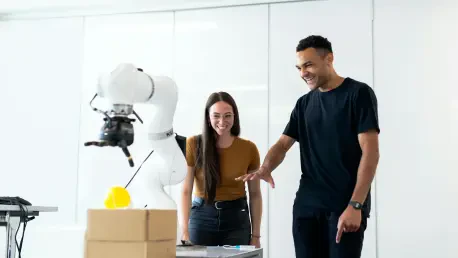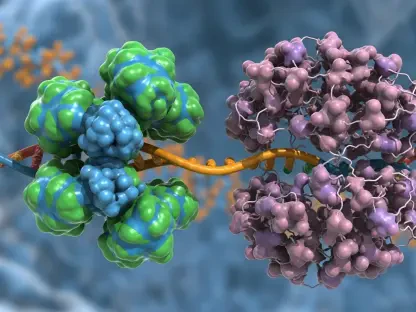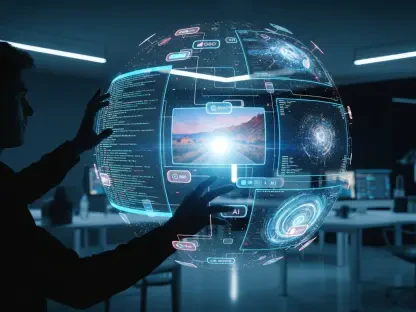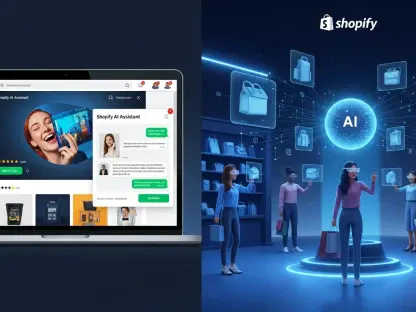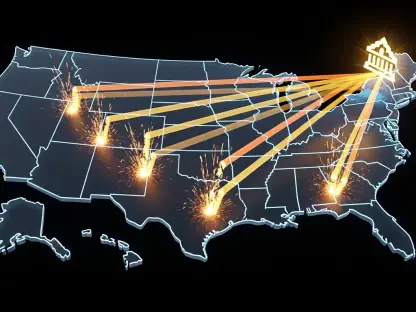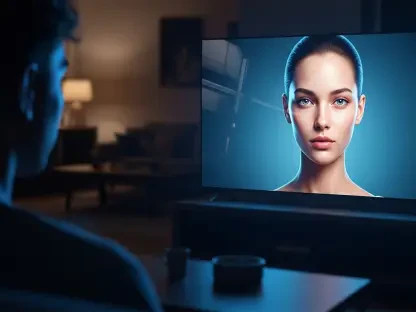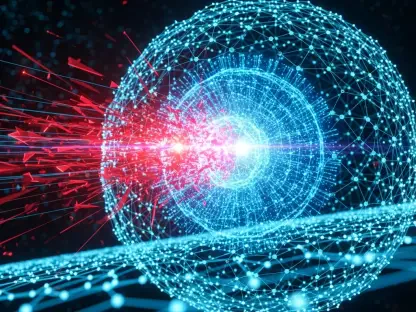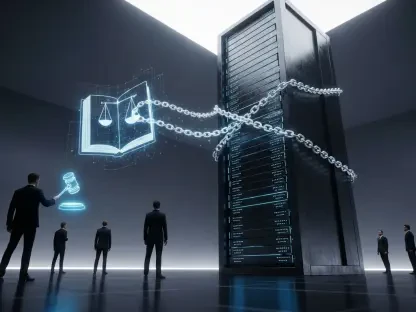What happens when machines start painting, scripting, and designing alongside human creatives? The rapid rise of artificial intelligence, particularly generative AI, in sectors like arts, design, entertainment, media, and sports is turning heads and raising eyebrows. With studies suggesting that up to 26% of tasks in these fields could be automated, the creative landscape stands on the brink of a profound shift. This exploration delves into the heart of AI’s role, questioning whether it’s a revolutionary tool or a subtle disruptor in the world of imagination and innovation.
Why AI’s Role in Creativity Is Critical Today
The creative industries are navigating a high-stakes moment as digital advancements accelerate. Global demand for rapid content delivery and tailored experiences is pushing professionals to adapt swiftly while preserving their unique voice. Generative AI steps in as a potential solution, offering efficiency in routine tasks and opening doors to new creative possibilities. Yet, beneath the promise lies unease about job security and the integrity of original work. Grasping AI’s impact is no longer optional—it’s essential for anyone shaping the future of creative expression.
This urgency extends beyond individual artists to entire industries. From independent illustrators to major media houses, the pressure to integrate technology without losing the human touch is palpable. AI’s ability to handle repetitive processes could redefine productivity, but at what cost to the soul of creativity? The stakes are high as the balance between innovation and tradition hangs in the air.
How AI Is Reshaping Creative Workflows
Generative AI is making waves by transforming how tasks are approached in creative fields. Research indicates that 26% of activities—such as drafting initial designs, editing visuals, or crafting basic text—could be automated, slashing time spent on groundwork. This shift allows professionals to focus on deeper, more conceptual aspects of their projects, potentially elevating the quality of output in less time.
Beyond automation, AI serves as a brainstorming companion, generating a flood of ideas at lightning speed. Tools are already assisting with script frameworks and visual prototypes, providing a starting point for writers and designers to build upon. This capability isn’t just about speed; it’s about expanding the scope of what’s possible in a single creative session.
Historical examples further illustrate AI’s footprint in this space. Projects dating back nearly a decade have used algorithms to emulate iconic artistic styles, while modern exhibitions in cities like New York highlight AI-crafted artworks that challenge conventional definitions of authorship. These instances underscore how AI acts as both a tool and a provocateur, reshaping perceptions of creative boundaries.
What Creatives Really Think About AI Integration
Statistics offer a glimpse into AI’s potential, but the voices of those in the field provide the real story. Research shows that 75% of creative professionals value AI for tasks like image editing and data gathering, appreciating the time it saves. One designer noted, “AI lets me test multiple concepts in hours instead of days, though I’m concerned my personal flair might get overshadowed by generic outputs.” This duality of relief and reservation is a common thread among many.
Experts also point to unresolved ethical tensions, particularly around who owns AI-generated content and whether it diminishes human effort. These concerns aren’t just theoretical—they’re felt daily by those navigating this new terrain. While optimism exists about AI as a supportive tool, there’s a clear call for caution to ensure it doesn’t erode the essence of individual creativity.
The spectrum of opinions reveals a complex reality. Some embrace AI as a game-changer for efficiency, while others fear it could homogenize artistic output or displace roles. This tension highlights the need for dialogue and guidelines as adoption grows, ensuring technology serves as an ally rather than a rival.
Practical Strategies for Creatives Embracing AI
For those in creative fields looking to leverage AI without compromising their craft, a thoughtful approach is vital. Begin by exploring accessible AI tools for specific functions like drafting content or tweaking visuals. Opt for platforms that offer clear guides and active user communities to smooth the learning process, making integration less daunting.
Redirect focus toward skills that AI can’t replicate, such as strategic vision and emotional storytelling. While machines excel at execution, human judgment remains irreplaceable in curating and refining ideas. By prioritizing these strengths, creatives can maintain a distinct edge even as automation becomes more prevalent.
Continuous learning is also crucial—engage in online courses or workshops to stay abreast of AI developments. Additionally, set personal ethical standards for using such tools, ensuring alignment with values around originality and credit. These steps empower professionals to harness AI’s benefits while safeguarding the heart of their work.
Balancing Innovation and Humanity in the Creative Sphere
Reflecting on this journey, the integration of AI into creative industries sparked both excitement and apprehension among professionals. It reshaped workflows, with automation handling significant chunks of repetitive tasks and freeing minds for bolder ideas. Yet, the whispers of concern about losing personal style and ethical clarity lingered in studios and boardrooms.
Looking ahead, the path forward demands actionable steps. Creatives are encouraged to dive into AI with curiosity, starting with small experiments to test its fit in their process. Building skills in oversight and critical thinking has become essential to steer machine outputs toward meaningful results. Establishing industry-wide standards for authorship and fair use also emerged as a priority to address lingering doubts, ensuring that technology amplifies rather than overshadows the human spirit in every masterpiece.
